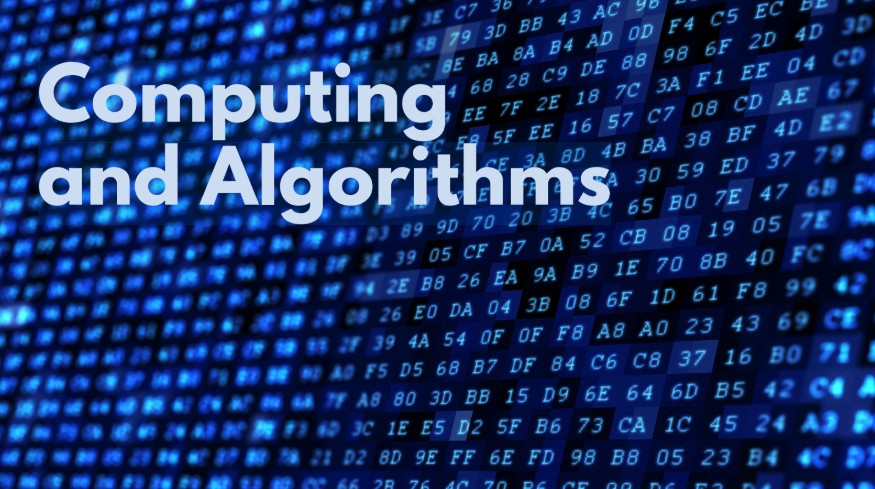NIST physicists have discovered that radio-frequency (RF) waves can be used as a second “knob” to control interactions between atoms in ultracold gases, in addition to the traditional magnetic field control. This finding could lead to the creation of more exotic states of matter and complex atomic arrangements.
The research team, led by Thomas Hanna from NIST, examined experimental data from a rubidium atom gas system. They found that near magnetic field values that significantly affect atomic interactions, much less RF power is required for useful control. This discovery could enable the use of RF to control ultracold gases made of other atomic elements.
The second control knob could potentially make it easier to create exotic states like the Efimov state, where two neutral atoms join with a third atom under specific conditions. The simplified theoretical model developed by Hanna’s team could provide a roadmap for using RF to control interactions in various atomic systems.
Keywords: ultracold, atoms, radio-frequency, interactions, magnetic


